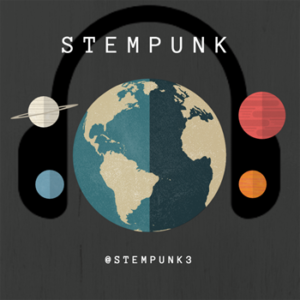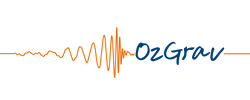When: Tuesday 13th November, 4:00pm – 5:30pm
Where: Theatre, Level 2 down the stairs to the right of the registration/foyer area
Hashtag: #T12
The analysis of the media coverage of CCS in daily newspapers from 2004 to 2014 of CCS (Carbon Capture and Storage) provided new insight into the role of science and science public relations (PR) within the public debate. While CCS is linked to various industry sectors, such as cement and steel production, the German debate predominantly focused on the coal and energy branches. CCS, while it is an important issue within the context of climate-change mitigation options, has played a major role in the agendas of scientists, researchers, and engineers. Nevertheless, CCS media coverage in Germany was dominated by other stakeholder groups. The analysis showed, that science has lost its role as a proactive actor within science communication. It seems, that new approaches for future science PR has to be deduced to strengthen, once again, the role of science communication. Among these approaches, it is important to pursue a more differentiated understanding of target audiences and regional concerns. Science PR has to accept that science itself is no longer the only stakeholder and actor within science communication.
Session
Evidence-based scicom: Research exploring new and social media
Presenter
Simon Schneider, Universität Potsdam, Institut für Erd- und Umweltwissenschaften
